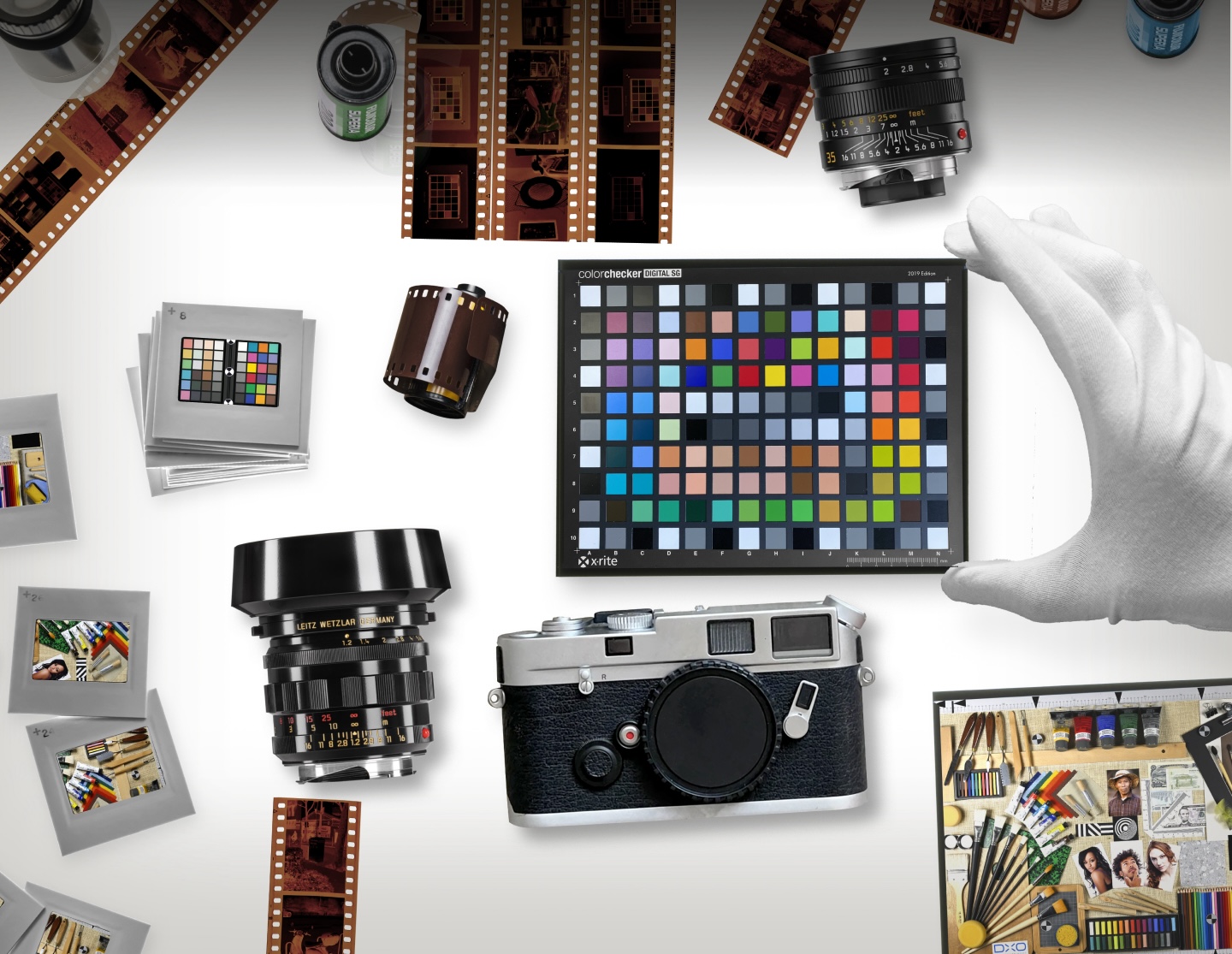
Don’t simulate.
Emulate
DxO FilmPack 8 is the only library of scientifically accurate, digitally preserved film renderings.
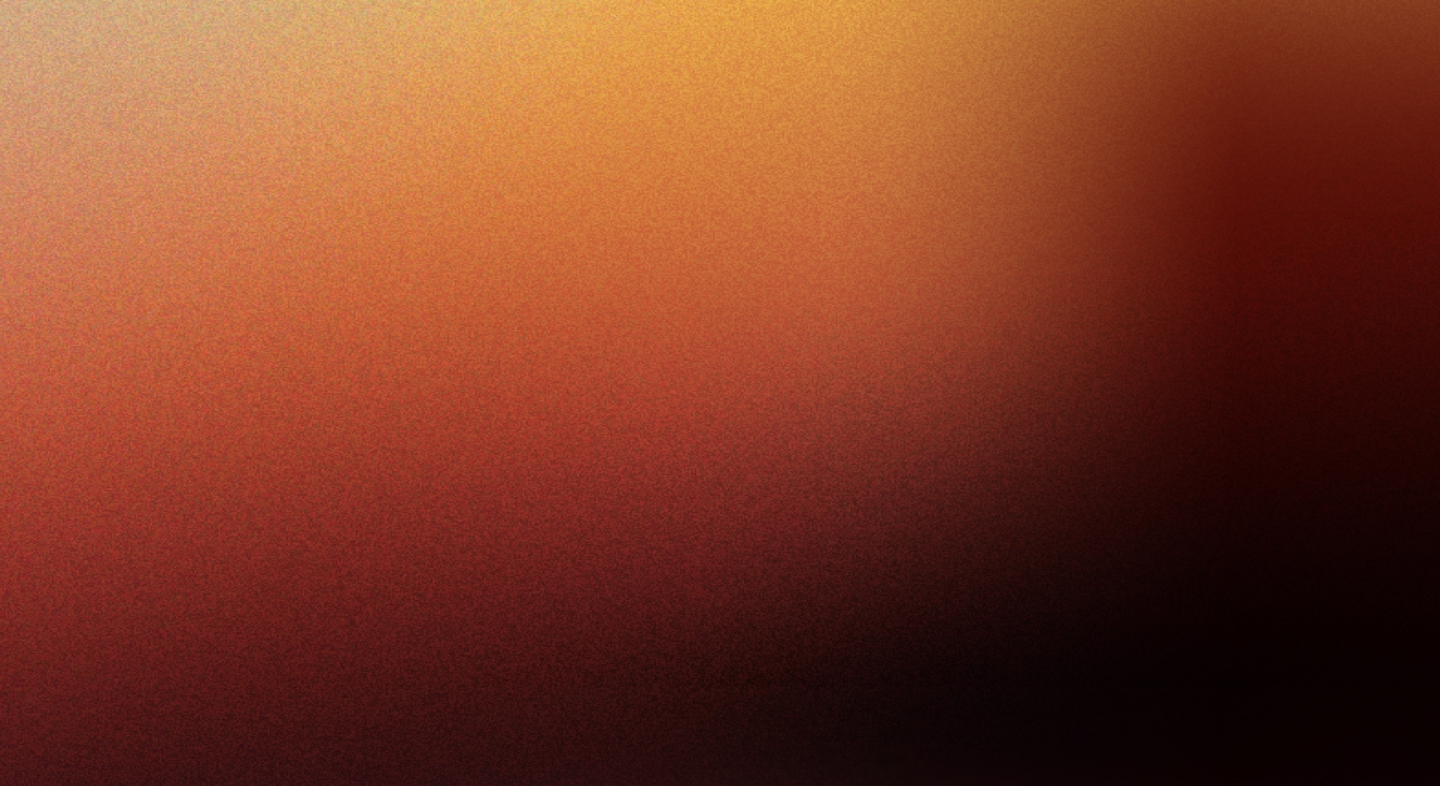
The science of
film conservation
DxO FilmPack 8 is a library of scientifically accurate, digitally preserved film renderings that photographers can use to replicate the look of classic film stocks, many of which no longer exist. Other software and presets seek to simulate film stocks; by contrast, FilmPack emulates the true look and feel of these films through scientific processes with experienced technicians performing detailed tests on response curves, grain, and color reproduction.
What you get is authentic, accurate recreations that contain the true essence of each film stock. Whether you’re trying to match your digital work alongside your analog images — like Sebastião Salgado did when looking to replicate his beloved Kodak Tri-X 400 — or simply seeking to find a look and feel for your photographs that taps into the medium’s rich history, DxO FilmPack 8 is the perfect solution.
Our
mission
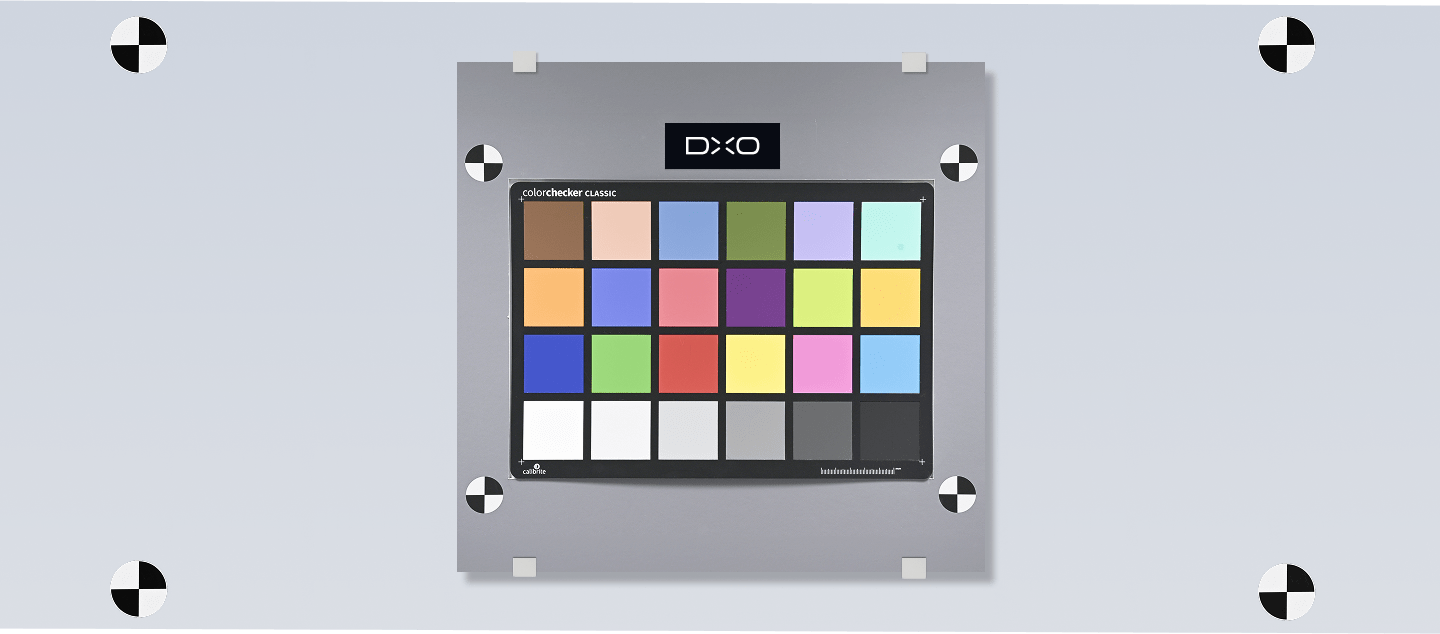
Following its invention 200 years ago, photography and its groundbreaking chemical processes created an aesthetic through which we see the world.
But around the turn of the 21st century, the world changed again with the arrival of digital photography. The beautiful aura of film was about to be forgotten: no more bottles of chemicals, no more waiting in the darkroom for the image to appear. The authentic aesthetic of film — and a big part of our cultural history — was in danger of disappearing.
Obviously, DxO Labs is a child of this new era of digital photography. And yet, despite this, we know that we owe our existence to film photography.
As passionate photographers, we felt the need to give something back. For this reason, we decided to create DxO FilmPack, our homage to analog image-making, to make sure that the spirit of film photography will never fade.
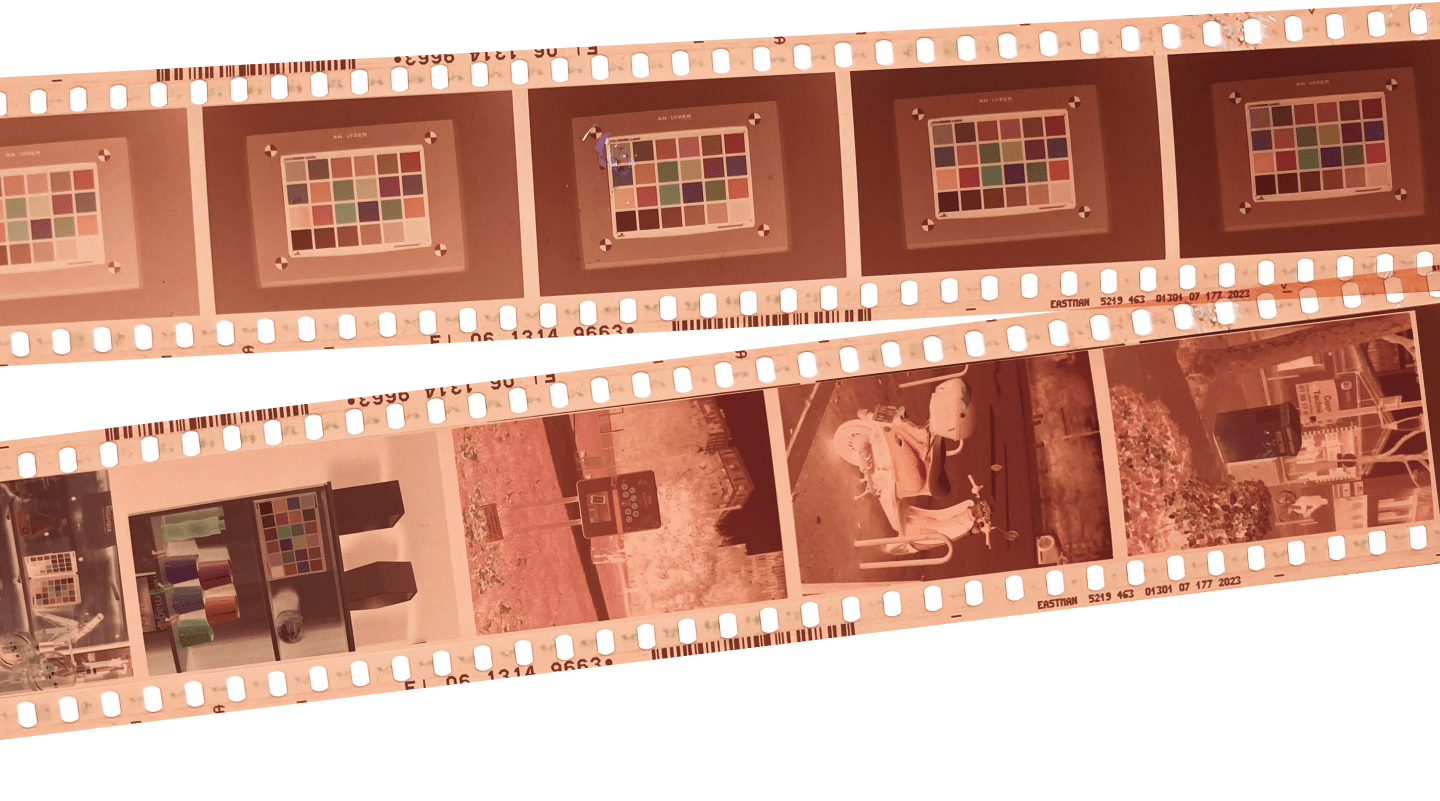
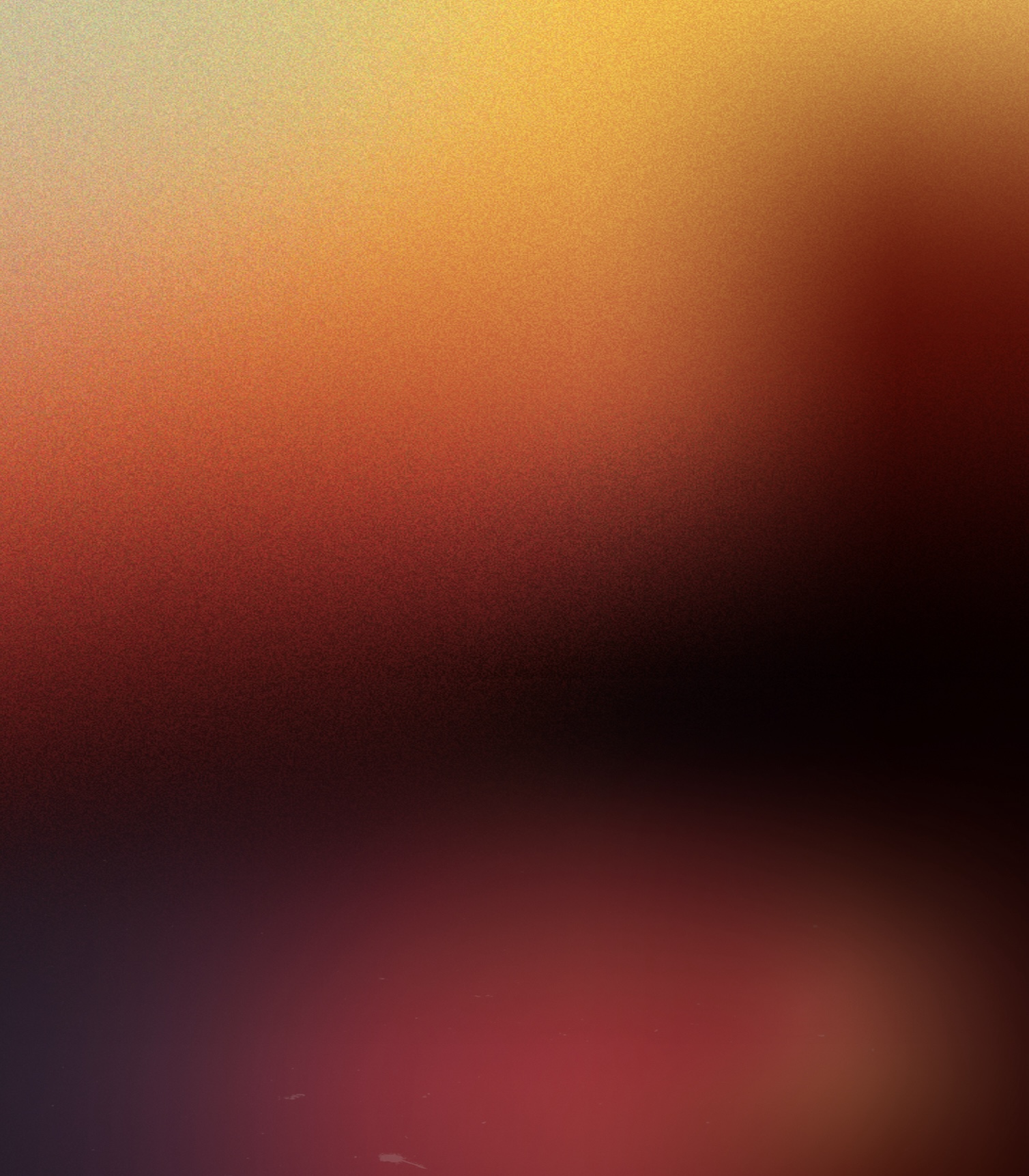
Ensuring
the legacy
When we began, we knew it had to be perfect. The first step was to draw up our list of films, and we consulted a wide selection of experienced film photographers to get their input.
We weren’t just recreating films that you could buy off the shelf; instead, we also began the painstaking process of tracking down the world’s last remaining few rolls of classics such as Agfa Scala, Kodak Ektar, and Fujifilm Astia — just as some of them would disappear forever. Finding multiple rolls of an obsolete film stock that has been stored under the right conditions is always a difficult task, often requiring hours of meticulous research and careful transportation.

Perfection
through science
To begin analyzing a film, our technicians take a series of still-life test shots alongside a wide variety of other scenes, featuring various calibration charts under controlled lighting conditions. The films are then sent to two separate laboratories for processing. We have partnered with the best: Picto, whose Paris darkroom was where Henri Cartier-Bresson and Robert Capa used to process and print their images; and Duggal in New York, a pioneer of film development and printing technology since 1961. (In the past, the only exception was when we profiled Kodachrome films, which were developed by Kodak’s own professional laboratory, the only one capable of processing their legendary films).
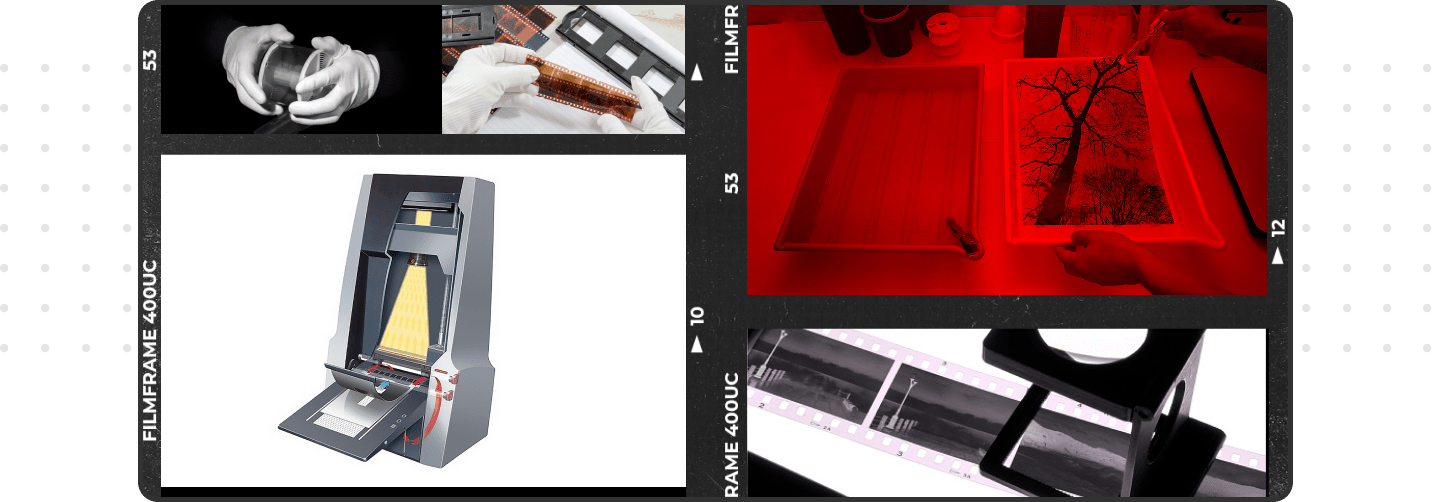
We have to work closely with laboratories as there are subtle differences in their processes, producing very slightly different results. We ask the labs to scan the films at the highest quality and resolution with precise color reproduction using equipment that is typically used for archiving items for a museum. However, we have to ensure that they do not perform any automatic corrections, as this can create misleading results from our test charts. Of course, we also perform our own scans, allowing us to have multiple references when creating our renderings.

Analyzing the results
in the DxO laboratory
Once we receive the processed films, a scrupulous digitization process begins with the objective of delivering calibrated colorimetric and grain profiles for each film. This is where DxO FilmPack sets itself apart from the competition.
All of our scenes and test charts have been photographed on a range of digital cameras to give us our baseline for building each rendering. Once the scans are ready, our technicians begin the painstaking process of understanding how a film behaves by comparing it to the digital version— how it renders blacks, shadows, midtones, highlights, contrast, how each color responds in terms of hue and saturation depending on exposure, and so on. All of this data is then translated into algorithms that consistently reproduce the precise characteristics of a film under a wide range of circumstances.
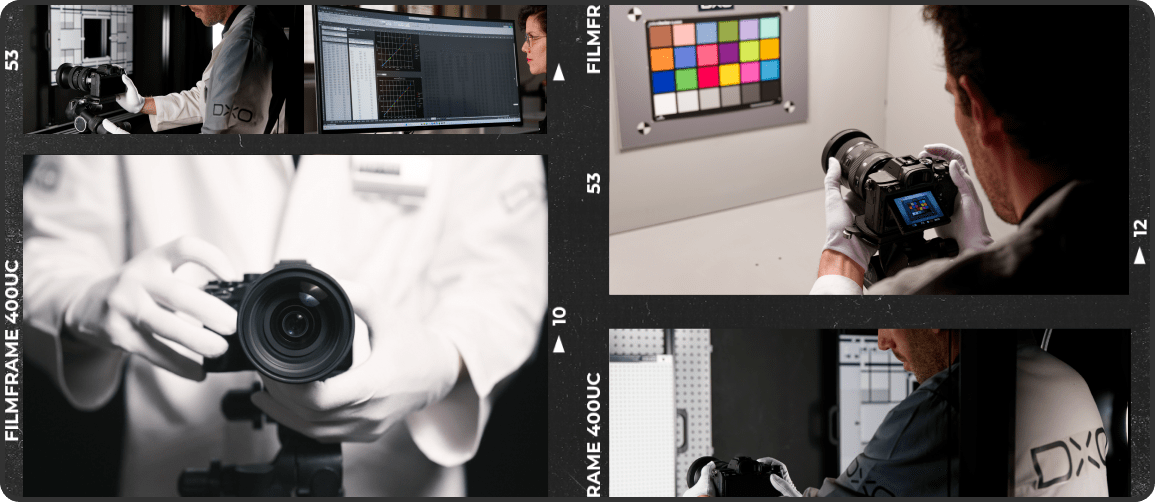
Today, a lot of the films that we see coming to market — such as CineStill 800T or Harman Phoenix — have a strong look. This is a deliberate choice from manufacturers as they’re often seeking to create something distinctive; photographers use them as an artistic choice, leaning into their idiosyncrasies.
These newer films are not as consistent and tend not to behave like the classic, higher-end films like Kodak Portra or Fujifilm Pro 400H. For example, colors in the shadows can be highly dependent on the white balance of a scene. Because of this, we go through a similar process when creating our renderings, but our goal is usually to reflect the intention and spirit of the film rather than trying to replicate every nuance, as this can lead to unexpected results.
Grain is more
than just grain
Competing software and presets will apply grain universally, but this isn’t how grain behaves. Rather than simply use Gaussian noise characteristics for the profile, we derive complex grain matrices directly from the real crystals of silver halide in the calibrated test images.
This means that we’re able to analyze how grain manifests differently depending on shadows, midtones, and highlights, allowing us to ensure more accurate renderings.
The resulting ‘looks’ that you find in DxO FilmPack8 are therefore 100% faithful to the original films, and we regularly authenticate the renderings with expert film photographers to ensure that the feel and behavior of the renderings match the authenticity of our scientific approach.




